Yangtze to Ganga: Impact of Economic Reform on Space in China and India
Synopsis
An attempt has been made in this book to assess the impact of economic reform on space in a comparative frame of two great Asian countries, China and India. It takes cognigence of a unique situation which has arisen after China adopted market-oriented liberal economic model in 1978, subsequently opened the coastal areas, using special economic zones as vehicles. What happened next in terms of rapid growth and development of the Chinese economic has been a dazzling phenomenon.
For implementing outward looking policy, China introduced a number of new institutional arrangements like a reformed legal system, a new land administration law and a comprehensive land acquisition policy, taking care of both compensation and rehabilitation of those whose land has been acquired for the developmental purposes.
The book also has looked carefully into the operations of the Chinese SEZs as a powerful facilitating mechanism to achieve high growth objective, inviting large scale inflow of foreign direct investment.
India also adopted liberal market economy model in 1991-92, albeit, at the instance of IMF conditionalities. The economy has been rapidly reformed and restructured, converting an ‘inward looking’ economy into ‘outward looking’ one. However, in many areas India’s approach to reform was naturally different. Illustratively, FDI played a smaller role in India, and Indian SEZs are different in nature and character, they are too many in number. Besides, India’s land administration and land acquisition polices are yet to be reformed.
Making a comparative study of both the countries, the book draws a number of inferences which have relevance in the contest of India’s land administration and acquisition polices.
Read more
For implementing outward looking policy, China introduced a number of new institutional arrangements like a reformed legal system, a new land administration law and a comprehensive land acquisition policy, taking care of both compensation and rehabilitation of those whose land has been acquired for the developmental purposes.
The book also has looked carefully into the operations of the Chinese SEZs as a powerful facilitating mechanism to achieve high growth objective, inviting large scale inflow of foreign direct investment.
India also adopted liberal market economy model in 1991-92, albeit, at the instance of IMF conditionalities. The economy has been rapidly reformed and restructured, converting an ‘inward looking’ economy into ‘outward looking’ one. However, in many areas India’s approach to reform was naturally different. Illustratively, FDI played a smaller role in India, and Indian SEZs are different in nature and character, they are too many in number. Besides, India’s land administration and land acquisition polices are yet to be reformed.
Making a comparative study of both the countries, the book draws a number of inferences which have relevance in the contest of India’s land administration and acquisition polices.
58.50
52.65
$
65.00 $
Free delivery Wolrdwidе in 10-18 days
Ships in 1-2 days from New Delhi
Membership for 1 Year $35.00
Get it now and save 10%
Get it now and save 10%
BECOME A MEMBER
Books by the same author

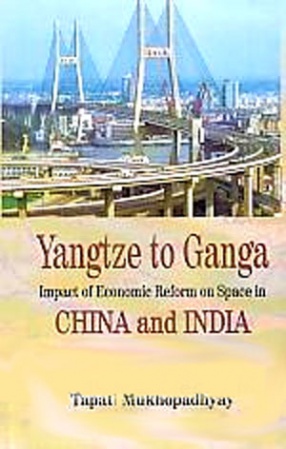

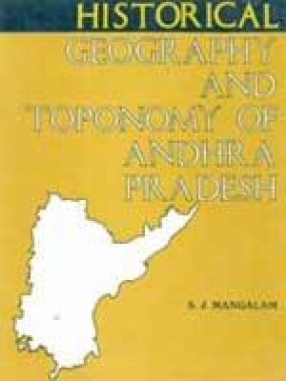
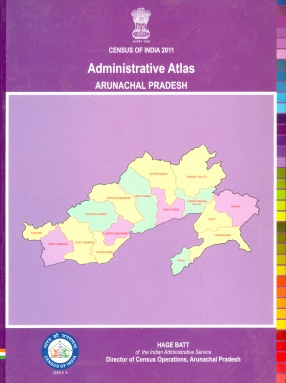
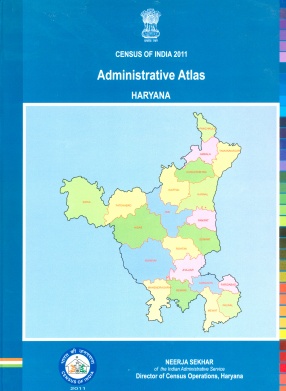
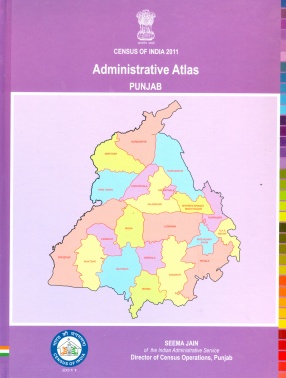

Bibliographic information
Tags